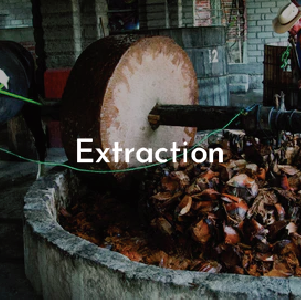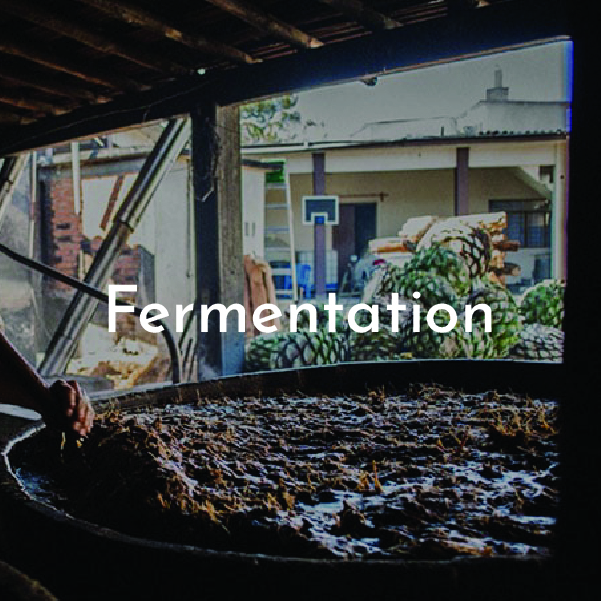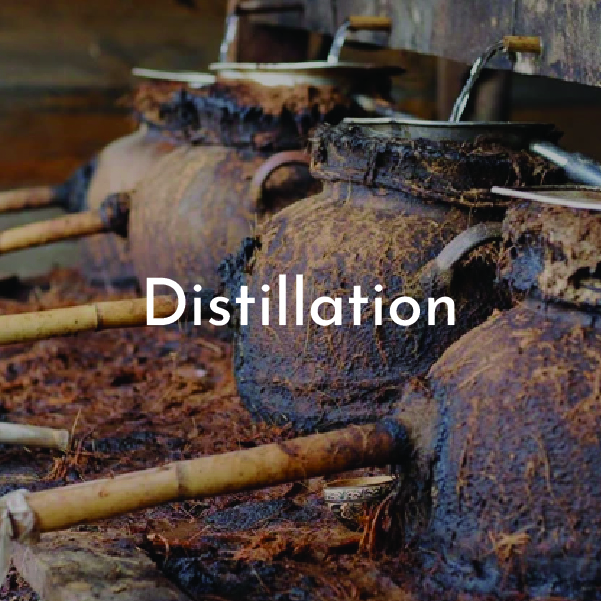About / Mezcal
3 reasons why Mezcal is different from Tequila
- Tequila and Mezcal are produced in different States of Mexico (thought there is an overlap)
- Tequila can only be made, by law, with one variety of Agave (Blue Agave), Mezcal can be made with up to 30 varieties of Agave, Espadín being the most common Agave used for its production.
- The Mezcal production process is different, more organic and less industrial, which leads to a distinctly different flavour profile.
Agave & Categories
The Agave
There are around 200 species of agave in the world, 150 of which originated in Mexico. In Oaxaca, mezcaleros use 25 to 35 different species of the plant, merging the unique botanical profiles of each with the terroir of the village to create highly distinctive and complex flavour profiles. The lone ingredient of Mezcal, the agave plant, requires 7 to 20 years to mature, depending on the species. A few varieties, like Espadin, are cultivated, but others must be harvested from the rugged wild lands that embrace the tiny villages. A single batch of perhaps 1200 bottles of Mezcal begins with a harvest of 10 tons of pina all of which is cut and dug up by hand.
Tequila and Mezcal are Produced in Different regions
First, you must know that all tequilas are mezcal. Mezcals are any agave-based liquor, and therefore tequila is a subset of mezcal produced in specific regions of Mexico and made only from the Blue Agave.
Tequila is made in 5 specific regions: Jalisco, Michoacan, Guanajuato, Nayarit, and Tamaulipas. Jalisco is definitely the centre of the tequila universe and where the town of Tequila is located.
Mezcal is made in 9 specific regions of Mexico: Puebla, Oaxaca, Durango, Guanajuato, Guerrero, San Luis Potosí, Tamaulipas, Zacatecas, and Michoacan. Oaxaca is the centre of the Mezcal world, as 80-90% of Mezcals are made there.
Mezcal categories
According to the Consejo Regulador del Mezcal, this spirit can be classified in three main categories
Mezcal
In this category it is allowed the use of autoclaves (pressure cookers), shredders, stainless steel fermentation, and column still distillation. This basically permits industrial production to continue for certain brands. One key point is that a diffuser can no longer be used in this Category (or any other) for mezcal production.
Artisanal Mezcal
Stainless steel fermentation and autoclaves are not allowed while shredders are still ok to use. Distillation has to be in clay pots or copper stills and it needs to be single batch.
Ancestral Mezcal
The batches are small so the production process is longer. For a Mezcal to be able to fit in this category it has to be produced in pit ovens, must use maguey fibres and distillation has to happen in clay pots (where maguey fibers must be used). Shredders and stainless steel fermentation are not allowed.
Mezcal production process
Cooking
The pina are cooked for several days in a large earthen pit lined with hot stones, then crushed, usually under the weight of a massive stone wheel drawn by a horse or burro.
Extraction
The crushed pina are transferred to large wooden fermentation vats where ambient yeast converts the sugar to alcohol.
Fermentation
After several days, the mezcalero will determine by sight, sound and smell that the product is ready for distillation.
Distillation
It is then transferred to traditional copper or clay alembiques or stills and heated over carefully controlled wood fires.
7 factors that affect the quality and flavour of Mezcal






